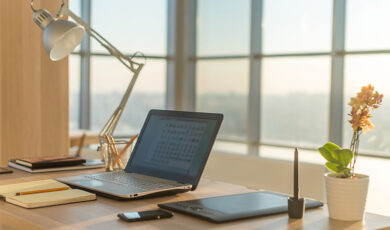The Dos and Don’ts of Freezing Food
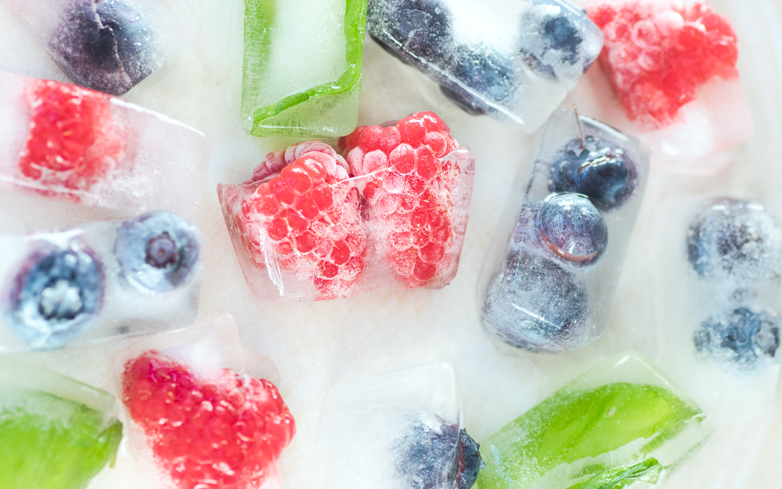
Jane Coxwell, who creates the fresh, clean recipes we share on THE GOOD EDIT, started her career as a chef on yachts, where, as she sailed remote areas of the globe, she was tasked with planning up to a 100(!) meals at a time. Needless to say, the freezer was her friend, even as she created bright, nourishing meals. Today, she’s sharing her best tips for freezing food — plus how to keep that invaluable stash well organized.
The freezer, in my opinion, is really underutilized. When I was cooking on yachts, some of the best food I had was in my huge walk-in freezer, and I relied on it heavily when I provisioned for long trips. In time, I also learned how to make life a lot easier for myself by making double batches of food, especially for the crew, and taking it out when I wanted a day off — but still needed to feed my colleagues and guests.
Most of us have probably heard that some frozen foods are more nutritious than ‘fresh,’ and it’s actually true. A lot of the time, freezing things at their very peak is much better than eating something ‘fresh’ that’s gone past its best state.
Important things to think about when you’re planning ahead are ‘What can I freeze?’ ‘What’s the best way to freeze it?’ as well as what can be made as a double batch, with the intention of freezing half.’ Here are some tips to help you take full advantage of your freezer at home.
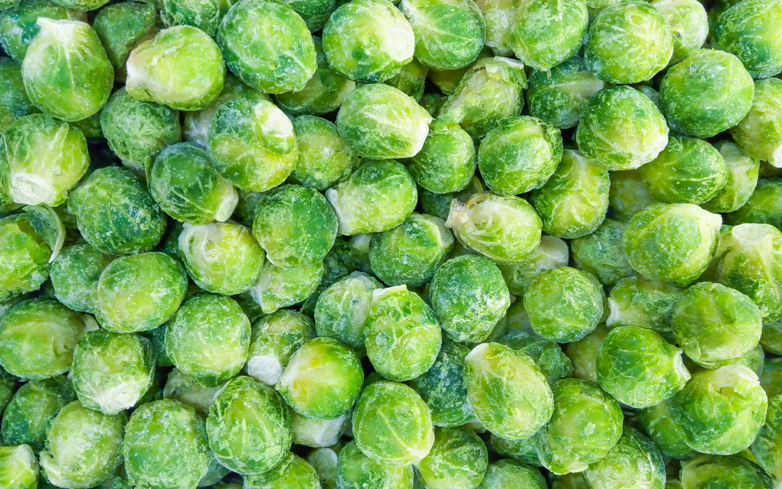
Keeping Your Freezer Organized
It’s so essential to keep things really organized, so you use food in time, and can find what you have. The goal is to be able to open the freezer and get a really good idea of what’s in there without having to dig around. When you don’t feel like cooking, or don’t have time, or haven’t been able to shop for food, it’s so rewarding and satisfying to open your freezer to neatly stacked bags that are labeled clearly and easy to view.
- Always make sure you label a) what the food is and b) the date that it was frozen. I like to write directly on the freezing container with a Sharpie. Some prefer labels, just make sure you do all labeling before you put the food in, it’s much easier than afterwards.
- Containers that stack well are important, whether they’re nested bins or bags, my favorite.
- I use Stasher or Ziploc bags as much as I can. For fruit and vegetables of course, but more importantly for leftovers, or anything liquid, they are perfect.
How to Freeze with Plastic Bags
Reusable plastic bags, like Stasher, are amazing in the fridge or freezer because they’re eco-friendly. This technique works just as well with a standard Ziploc bag.
- Bag the food before it’s frozen, taking as much of the air out as possible and making sure the seal is all the way closed. Then place the bags flat on a tray (make sure it’s a size that will fit in the freezer first). Tip: if you’re freezing more than two things at once, you can use the same tray — just put a piece of paper or a towel in between, otherwise they may stick together as they freeze.
- Place the tray in the freezer. Once the bag is solid, you can remove the tray and you’ll have a perfectly flat slab of frozen goodness.
- Bags are also perfect because they will defrost pretty easily. Place them on a tray in the fridge or on your kitchen counter.
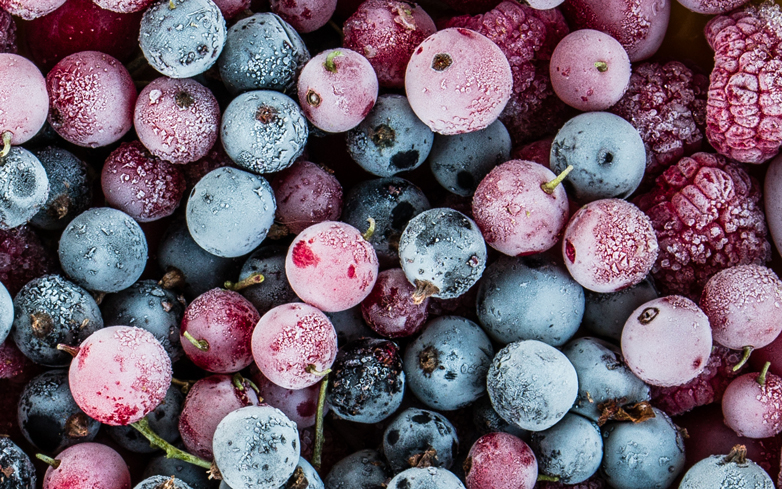
What to Freeze
- Fruits: Don’t throw away fruit that has passed its best state. Frozen fruit is great for desserts and smoothies. If the fruit has a skin, always make sure you take the peel off first! When you’re ready to pop a frozen banana in your smoothie, that skin won’t come off without a fight.
- Vegetables: Pretty much all vegetables will freeze well. Make sure they are as dry as possible before you freeze them. This will prevent them from getting stuck together, and you’ll be able to take just what you need and not have to defrost a whole container or bag.
- Herbs: A lot of people say that freezing herbs isn’t a good idea, but I disagree. One way is to put them in a blender with a little oil and freeze it in ice cube trays. Otherwise, make sure they’re dry, then put them in a bag and take as much of the air out as possible. They won’t be good for garnishing dishes, but they will certainly still be good for adding to any food to add flavor.
- Leftovers: So many meals are great to freeze, and you can use a bag for this, too. If done properly, it’ll almost be like you have a library of meals you can easily view and take out. If I have a bit of down time, I’ll make a lasagna and freeze it whole in an aluminum tin, which can be pulled out for a spontaneous dinner party — I try to always have one on hand.
What Not to Freeze
There are some things that definitely do not freeze well, and I’ve listed a few, but if you have something you’re thinking of throwing away, and have a bit of room in your freezer, don’t be afraid to test things out! Be sure to label that it’s a ‘test freeze’ and see how it goes!
- I don’t bother freezing: Lettuce, whole eggs, mayonnaise products, rice, milk, yogurt, cucumbers, raw potatoes (you can freeze potatoes but make sure you cook them first)
- Never freeze: Any previously frozen then defrosted meat or fish (it’s unsafe)
As a general rule, I try and use things within 3 months of freezing them, which is why marking the date is so important. You can stretch that though, if you’re in a pinch. It’s not so much a health and safety issue, but more about the food not being as good as it could be. But if you’re organized, you should be able to use your frozen foods within that time frame to reduce some waste, and give yourself a reprieve during a busy time.
Cooking for a week (or a crowd)? Jane’s also shared her tips for smart shopping and meal planning.
Meet Jane
Jane Coxwell is a chef, author and consultant, and has earned her reputation as one of the most sought-after private chefs with a style that’s as elegant as it is unpretentious.
Equally comfortable working over open fires on the beaches of Papua New Guinea as she is in the kitchens of the biggest names in fashion, media and entertainment, Jane has cooked her way around the world, cultivating an approach to food and travel that is uniquely her own.
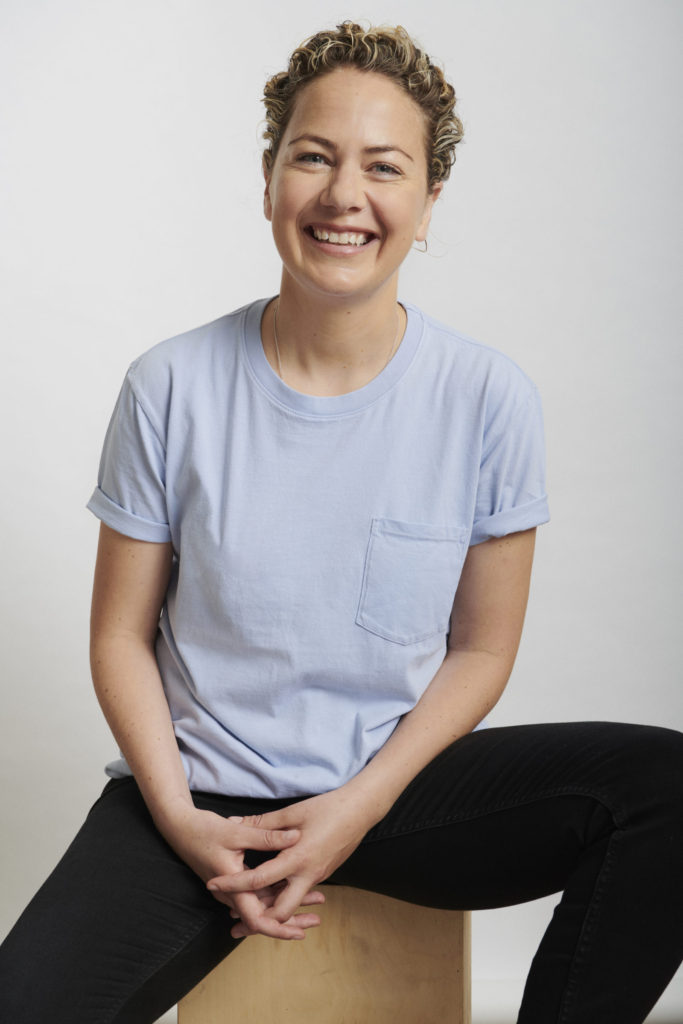
Born in Zimbabwe and raised in South Africa, Jane was one of the youngest chefs ever appointed to run the kitchen of a Camper & Nicholsons yacht. At just 23, she joined Hall Wines in California’s Napa Valley as Executive Chef and Culinary Manager, where she cooked for prominent guests including Hillary Clinton. For the last near-decade, Jane has served as Diane von Furstenberg’s chef, both on Eos, the 305-foot sailing yacht she and Barry Diller own, and in New York and Connecticut.
Her experiences on and off Eos — ranging from meals in the villages of Southeast Asia to the vibrant open-air markets of the Italian Riviera — inspired her first book, Fresh, Happy, Tasty: An Adventure in 100 Recipes. Now based in New York City, Jane continues to develop food-and travel-centric content while working on her second book. She also consults for large events, including the creation of the first sustainable meal for the 2017 CFDA Awards.
